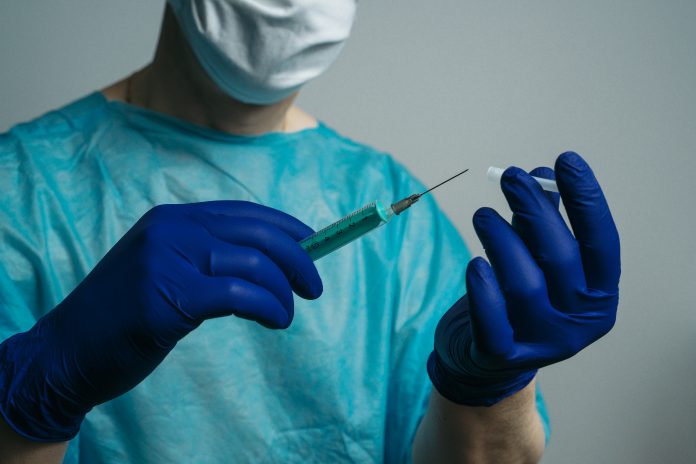New data from the REACT study says that there have been more than 20 hospitals’ worth of new patients since Christmas Eve, putting “extreme pressure” on the NHS
The Real-time Assessment of Community Transmission (REACT) programme was commissioned by the Department of Health, to officially track how COVID-19 is spreading.
Researchers said that the rate of infection was “very high with no evidence of decline”, through the first 10 days of January 2021.
Kelly Beaver, Managing Director of Public Affairs at Ipsos MORI, commented: “As we reach a milestone of over a million people in England having COVID-19 at any one time of our study, the real-time tracking of COVID-19 across England is more important than ever.”
Virus is infecting more people than before
The latest data, released 21 January, suggests nothing but further bad news for the population. Despite the vaccine rollout, with over 2 million people inoculated now, the virus appears to be infecting more people.
The study found that prevalence of COVID-19 is up by 50% from where it was in December, 2020. This means that the virus is spreading and being caught by even more people, partially as a result of relaxed rules over Christmas and the highly-infectious new mutations.
Around 1 in 63 people currently have the virus, which is 1.58% of the population.
This is the highest figure the study has reported since it began testing in May 2020. This moment is the worst that the UK has ever been, with an expected increase in deaths and hospitalisations – even with the vaccine.
The issue emerging is that it will take till “late spring” to vaccinate the most vulnerable people in the country, which means that lockdown will likely continue till then.
What do these figures mean for the NHS?
The report explains that there was a daily average of 950 deaths, reported from 1 January to 8 January, 2021. On that latter day, there were there were 29,346 COVID-19 inpatients in English hospitals. That is 55% more patients than the maximum during the first wave, back in April 2020.
Due to these numbers, researchers warn that these levels of hospitalisation will lead to “additional deaths” – with healthcare staff overwhelmed by numbers, despite being armed with far more knowledge about how to treat this virus this time around.
In addition, more NHS staff are off sick than usual – due to the need to isolate if COVID hits a ward, and catching the virus themselves.
“We’re really concerned now,” Rupert Pearse, an intensive care doctor and professor at Queen Mary University of London, told BBC Radio 4’s Today program. “We would normally want one fully trained intensive care nurse per intensive care patient. Right now, we’re diluting down to one [nurse] to three [patients].”
Where is COVID hitting the hardest?
While most places in the UK have experienced an increase in how many people have COVID, this number doubled in the South East. The East of England, West Midlands, and London have seen significant increases in their prevalence percentage.
The only region that saw a drop in infections was Yorkshire and the Humber.
Professor Paul Elliott, director of the programme at Imperial, said: “To prevent our already stretched health system from becoming overwhelmed infections must be brought down; if prevalence continues at the high rate we are seeing then hospitals will continue to be put under immense pressure, and more and more lives will be lost.”
Who is catching COVID-19 the most?
Key workers were found to have a higher rate of COVID infection, as expected.
The study also confirmed that a large household size (think a couple of generations under one roof), living in a deprived neighbourhood, and being Black or Asian in ethnicity significantly increased the likelihood of catching COVID-19.
In London, 1 in 25 18 to 24 year olds are testing positive. London also saw a huge proportion of older people over 55 testing positive, in comparison to other cities and regions. The South East and East of England also all saw infection increases in older people, but Yorkshire and the Humber, the North East and East Midlands did not.
Professor Steven Riley, study author and Professor of Infectious Disease Dynamics at Imperial, said: “Across this round of the study we’ve seen that the number of infected people has remained high and we have no good evidence that infections are falling in England.
“We are working to better understand why we are seeing these trends when the country is in lockdown, including studying the new variant, so that policy-makers can respond urgently to help bring infections down and save lives.”











